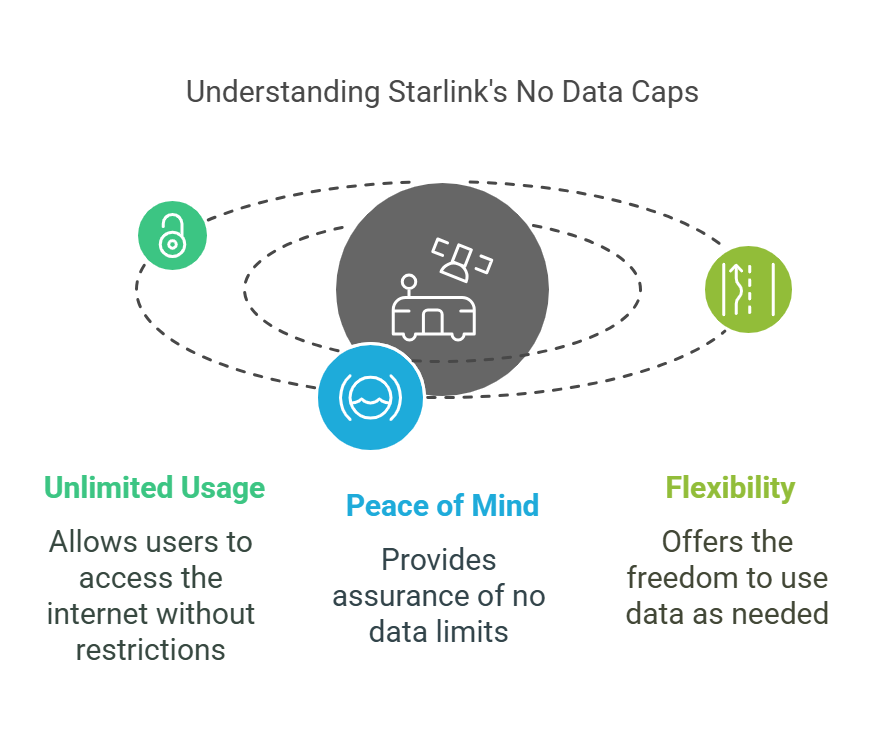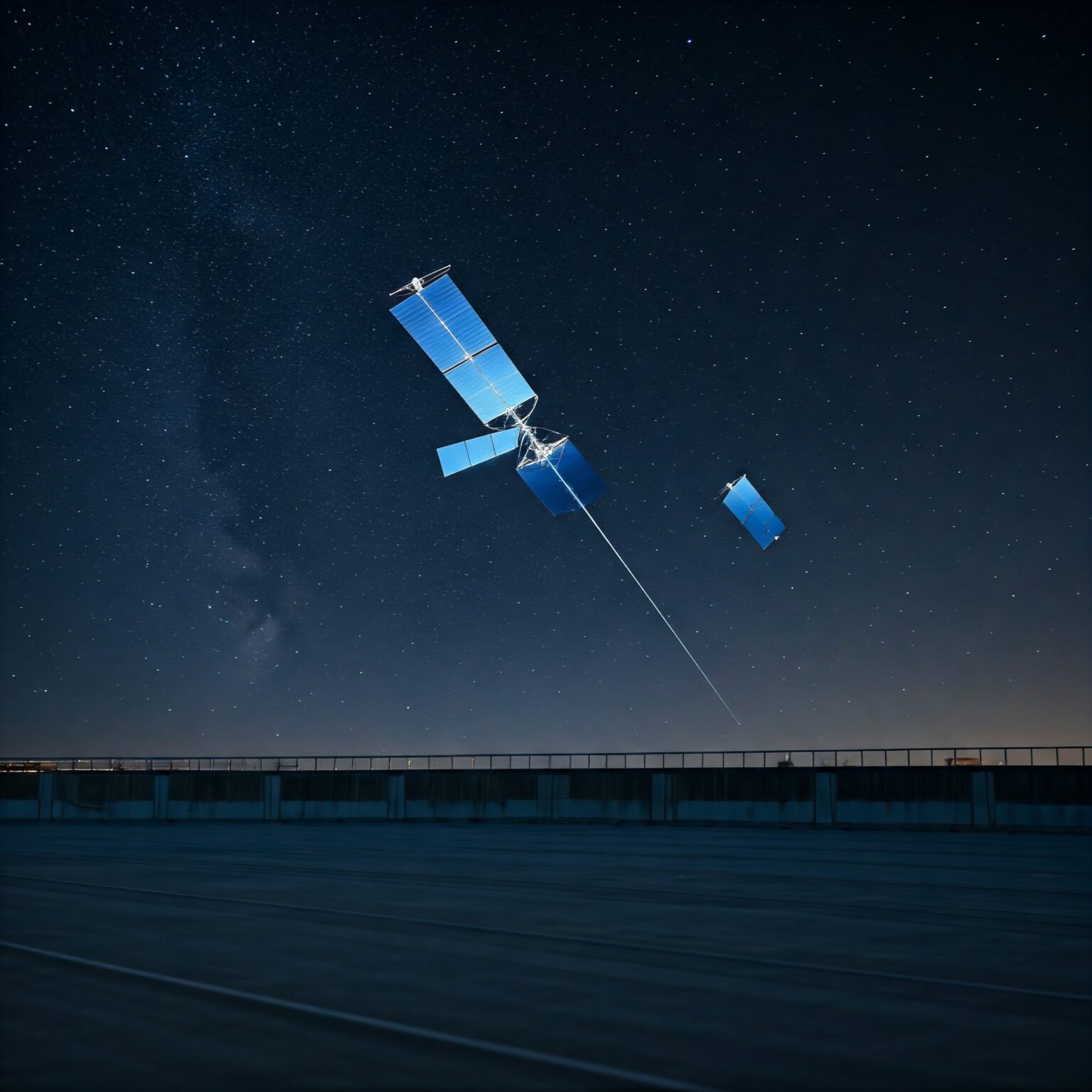Elon Musk’s Starlink: A Revolutionary Satellite Internet Network
Starlink, developed by SpaceX, a company founded by Elon Musk, is a cutting-edge satellite internet network. It aims to provide high-speed internet connectivity to even the most remote areas of the world.
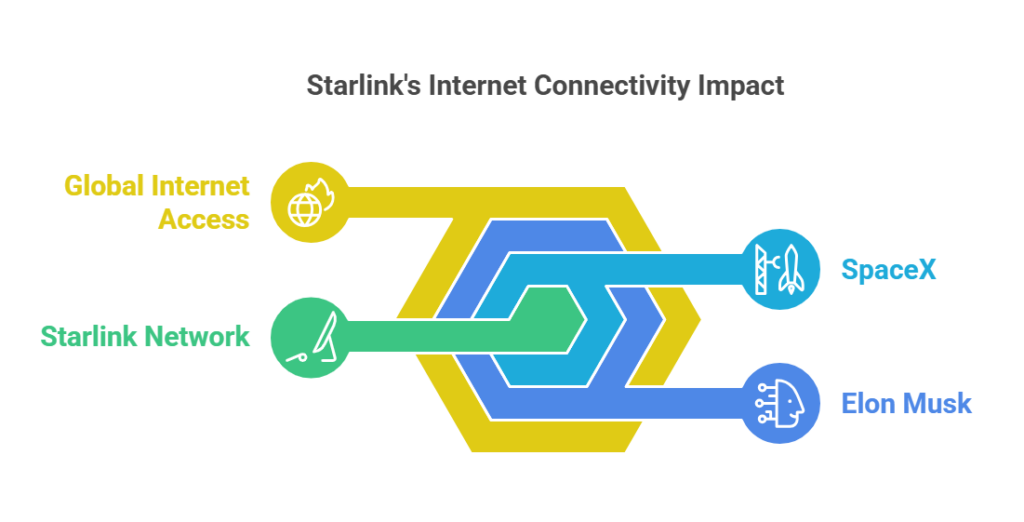
How does Starlink work?
Starlink consists of a network of thousands of small satellites orbiting the Earth in low Earth orbit. These satellites communicate with each other and with receiver antennas located on Earth. When a user utilizes the Starlink service, their receiver antenna connects to the nearest satellite, providing internet connectivity.

Challenges of Starlink
Cost: The cost of Starlink service is still relatively high compared to traditional internet services. Equipment Costs: The initial investment in Starlink equipment, including the receiver antenna and router, can be significant. Weather Sensitivity: Starlink service can be affected by weather conditions, such as heavy rain or snow, which can interfere with the signal. Space Debris: The large number of Starlink satellites in orbit raises concerns about space debris and the potential for collisions.
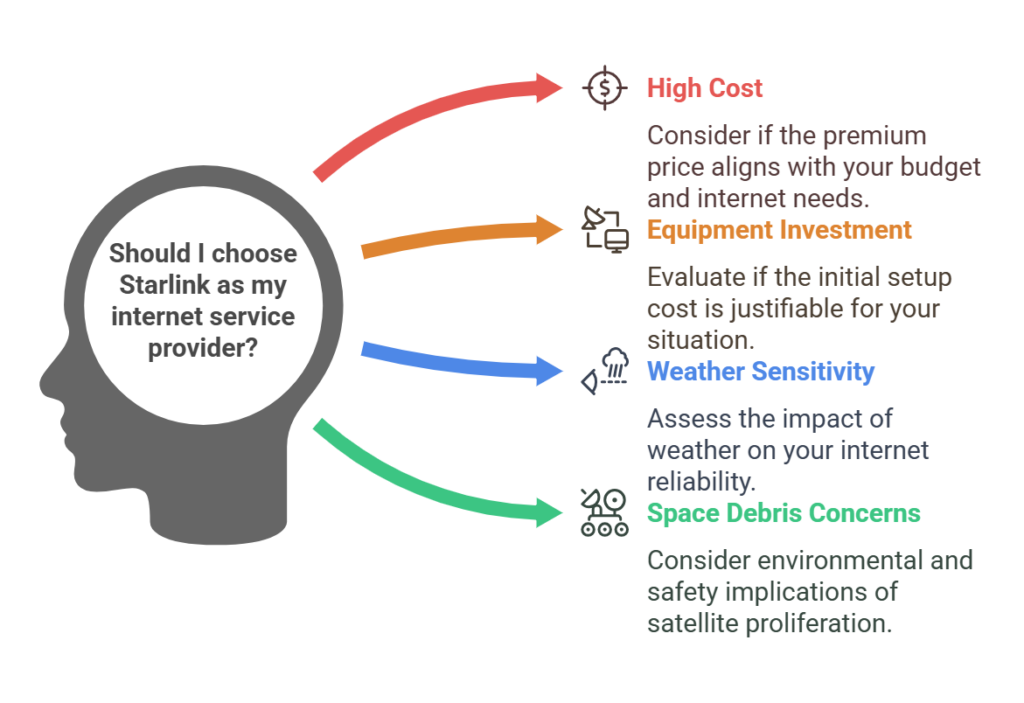
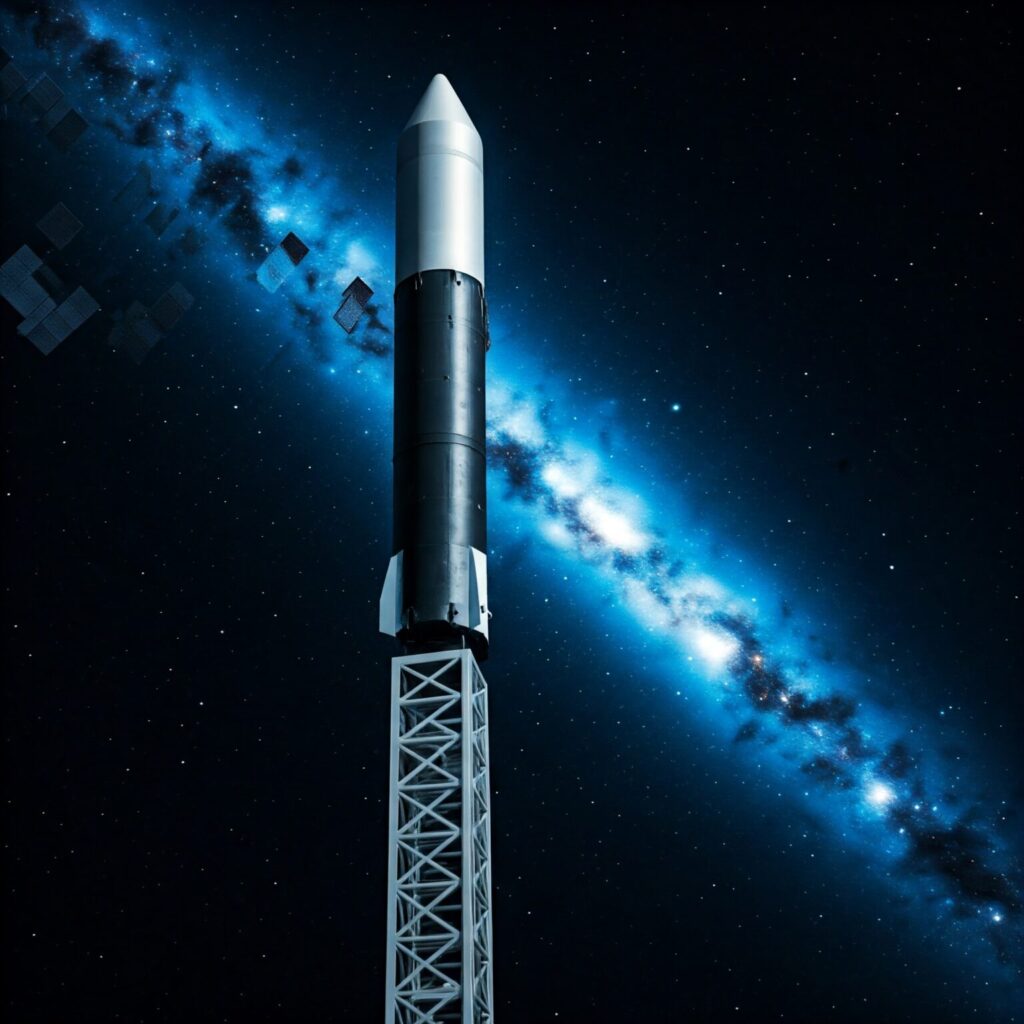
Future of Starlink
Starlink has the potential to revolutionize internet access globally. As the network continues to expand and technology improves, the cost of service is expected to decrease, making it more accessible to a wider audience. Starlink also has the potential to play a crucial role in connecting remote communities, enabling access to education, healthcare, and other essential services.

In conclusion, Starlink is a groundbreaking innovation with the potential to transform internet access worldwide. While challenges remain, the future of Starlink looks promising as it continues to evolve and expand its reach.

The Starlink Network
A deep dive into the vast network of satellites and ground stations that make Starlink possible.

Impact and Applications
Starlink and Rural Connectivity: How Starlink is Bridging the Digital Divide in Remote Areas Around the World. Starlink in Disaster Relief: The Role of Starlink in Providing Communication during natural Disasters Starlink for Aviation: The potential applications of Starlink for in-flight internet and air traffic control.
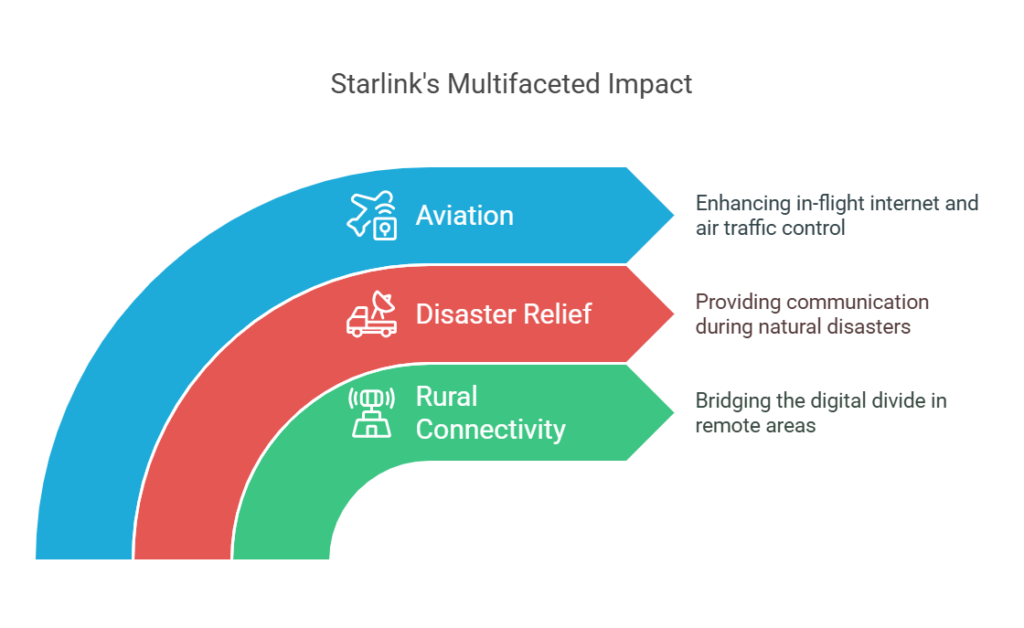
Comparisons and Controversies
Starlink vs. Traditional Internet: A comparison of Starlink’s performance, cost, and reliability compared to traditional internet providers. Space Debris and Starlink: Addressing the concerns about the increasing number of satellites in orbit and their potential impact on space exploration. Government Regulations and Starlink: A discussion of the regulatory challenges faced by Starlink and the implications for the future of satellite internet.
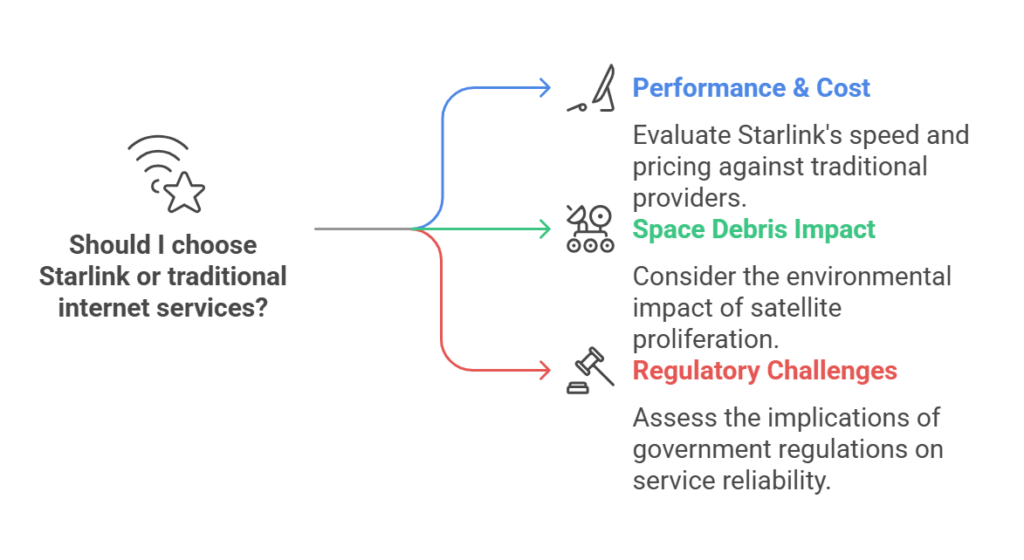
Benefits of Starlink
Broad Coverage: Starlink aims to provide internet coverage worldwide, particularly in areas where traditional internet services are not available.
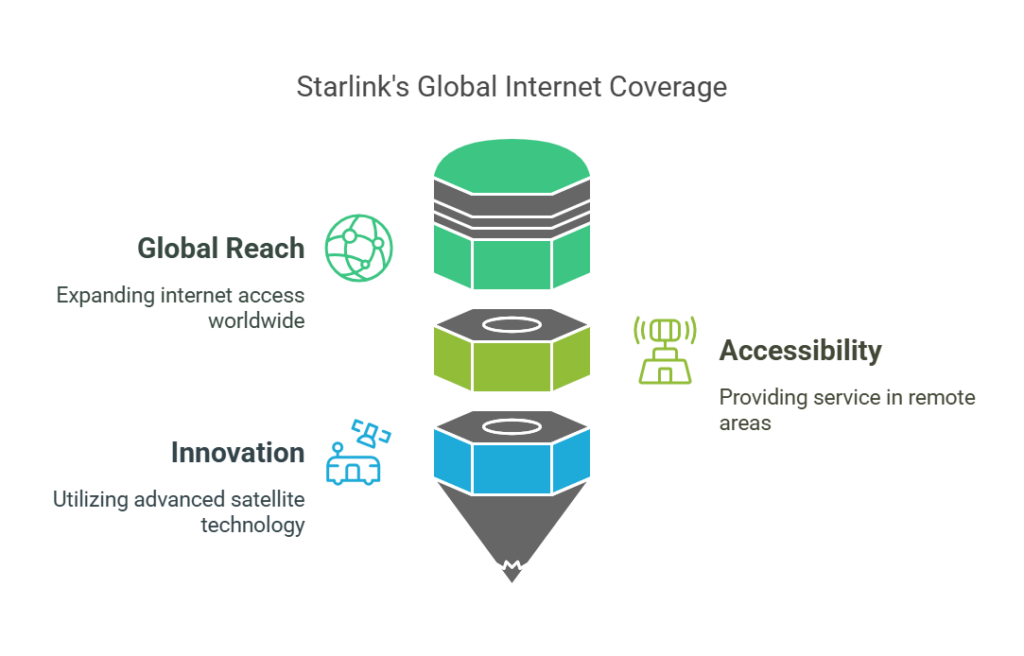
High Speed: Starlink offers high-speed internet connections, enabling users to enjoy video streaming, online gaming, and other bandwidth-intensive activities.
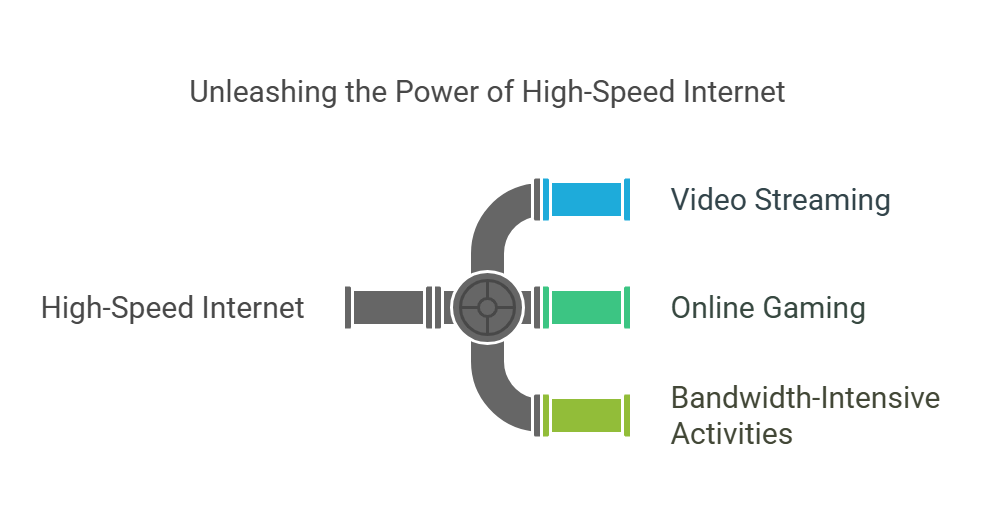
Low Latency: Starlink provides low latency, making real-time communication services such as video conferencing and online gaming possible.
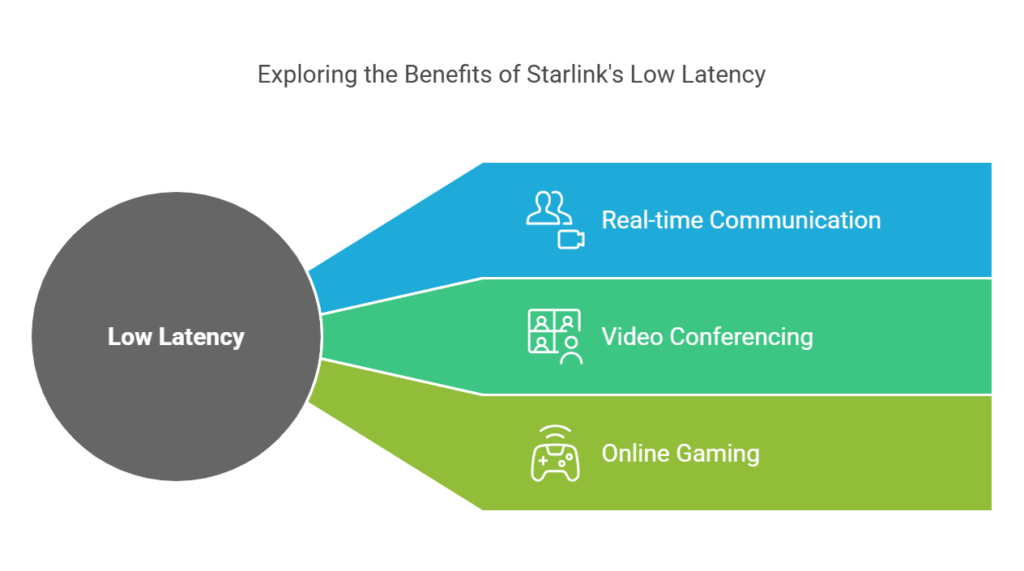
No Data Caps: Most Starlink plans have no data caps, meaning users can utilize the internet without worry.
